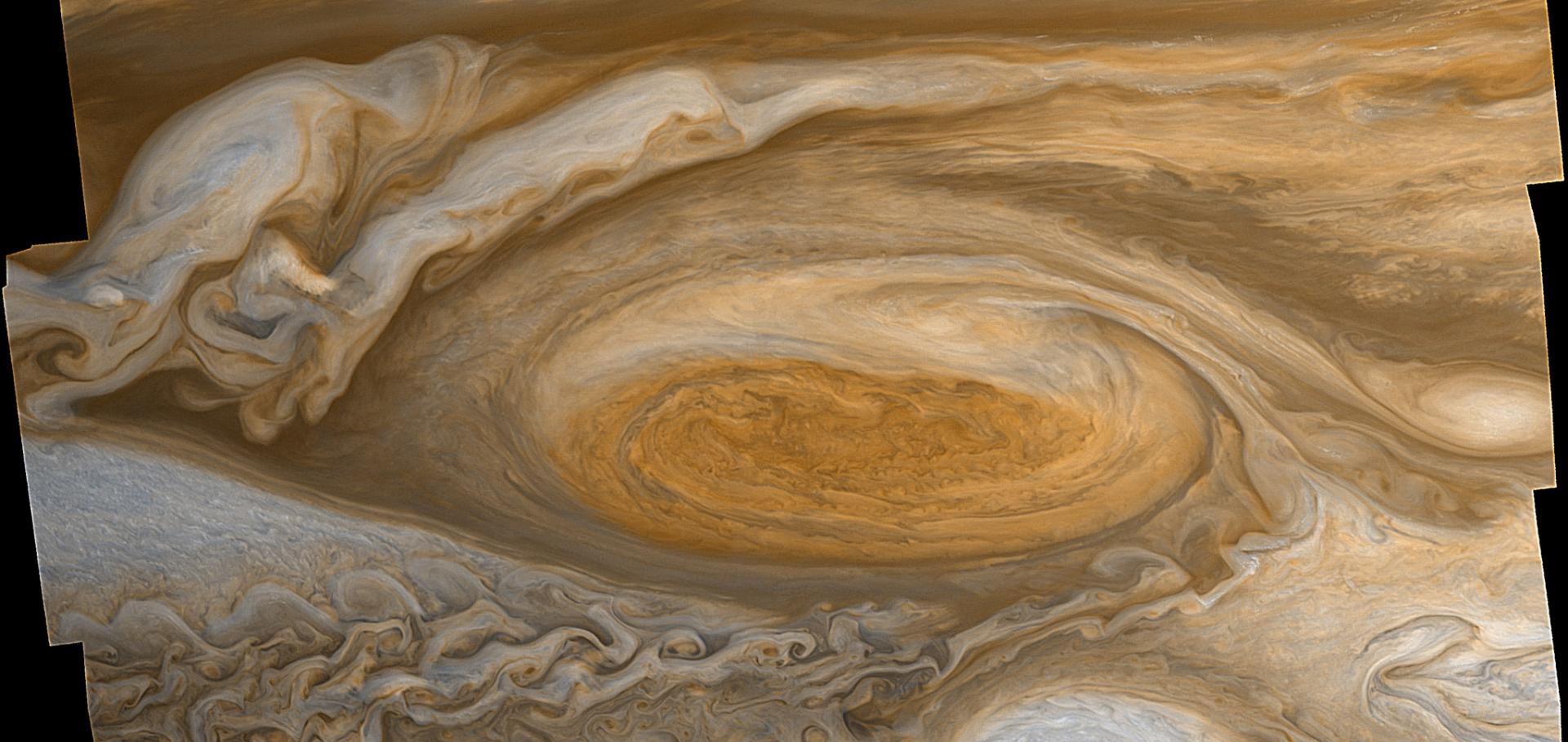FLUID DYNAMICS Rotating convection on the edge
NATURE 457:7227 (2009) 270-271
QUAGMIRE v1.3: a quasi-geostrophic model for investigating rotating fluids experiments
GEOSCIENTIFIC MODEL DEVELOPMENT 2:1 (2009) 13-32
Saturn's Exploration Beyond Cassini-Huygens
Chapter in Saturn from Cassini-Huygens, Springer Nature (2009) 745-761
Saturn's rotation period from its atmospheric planetary-wave configuration
NATURE 460:7255 (2009) 608-610
Transient teleconnection event at the onset of a planet-encircling dust storm on Mars
ANNALES GEOPHYSICAE 27:9 (2009) 3663-3676


